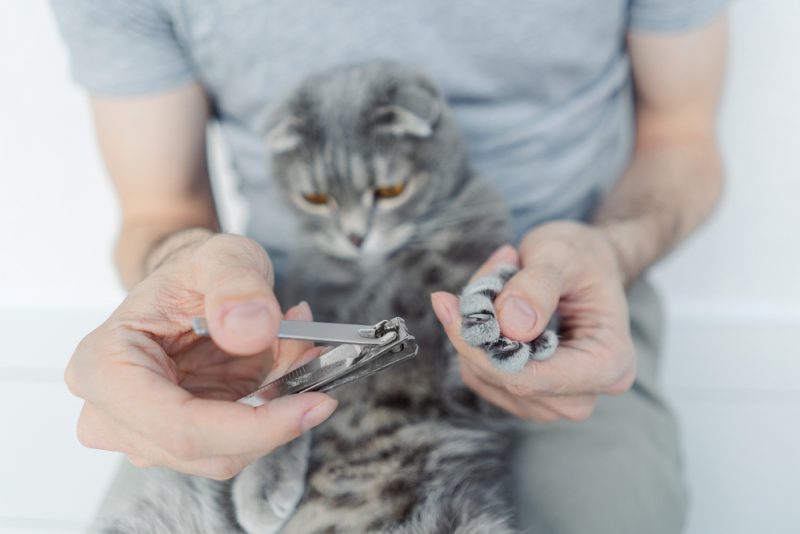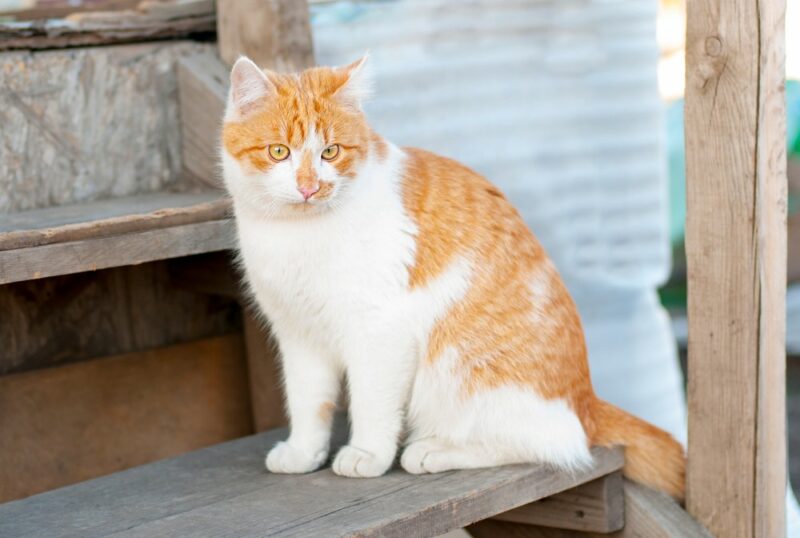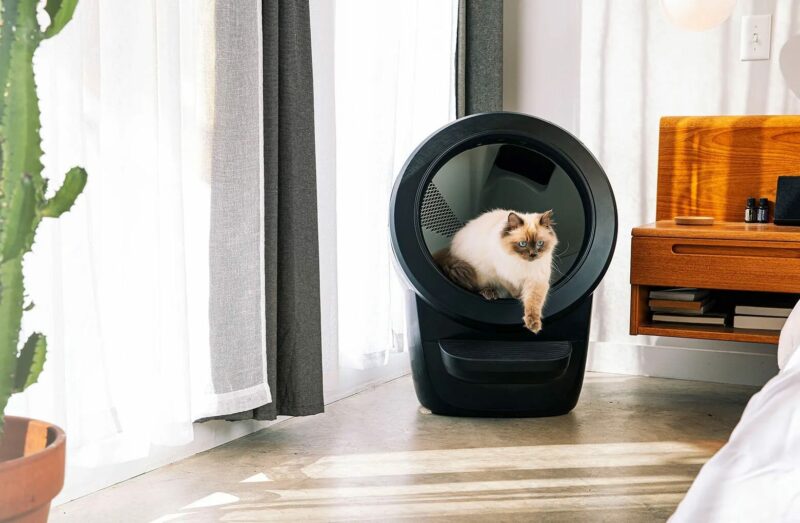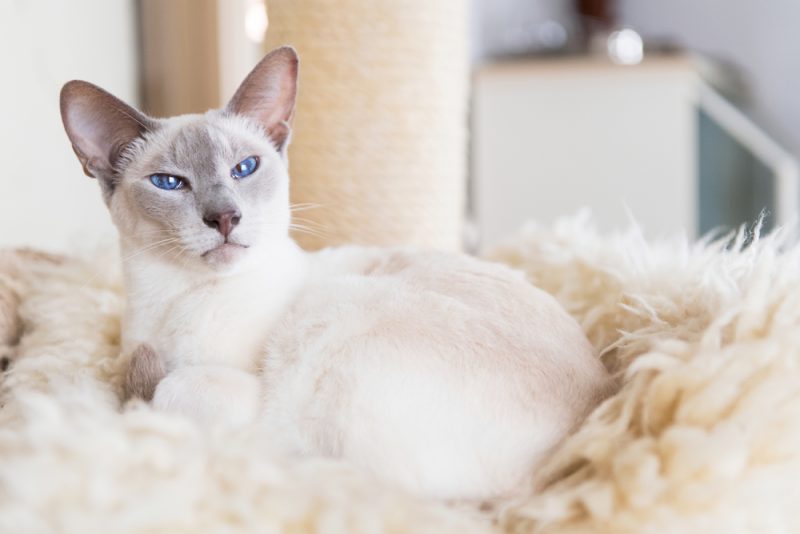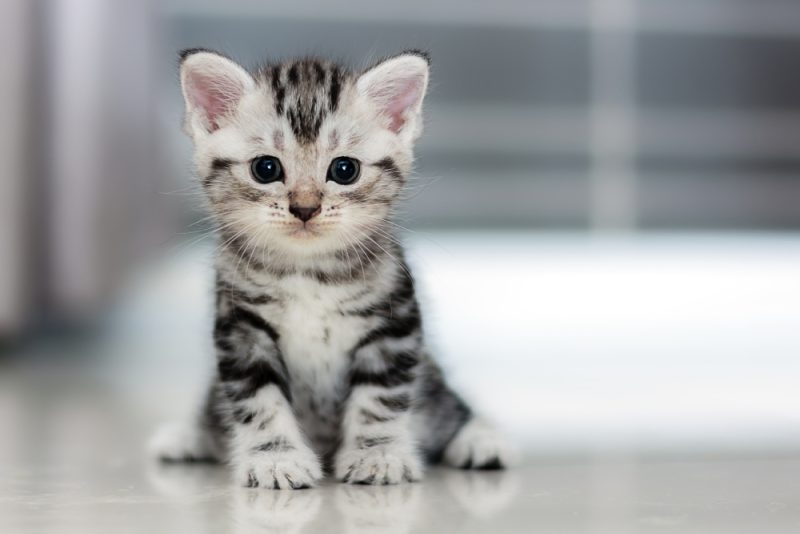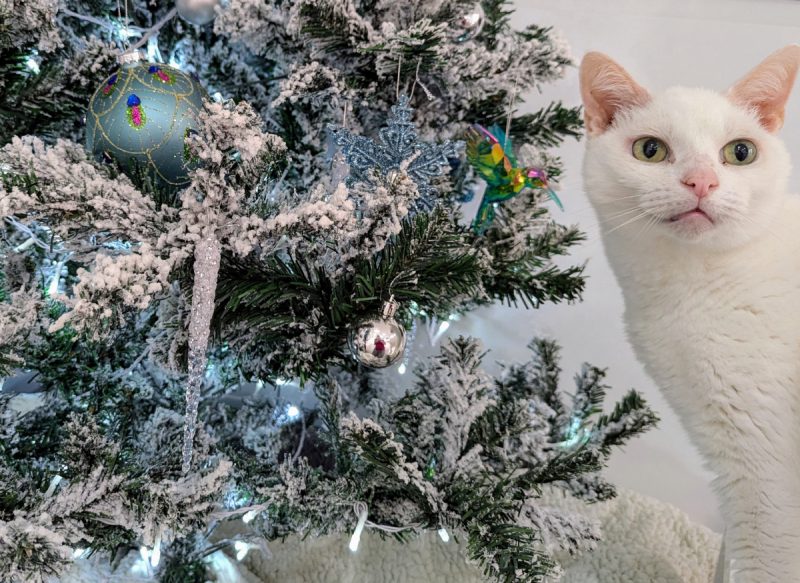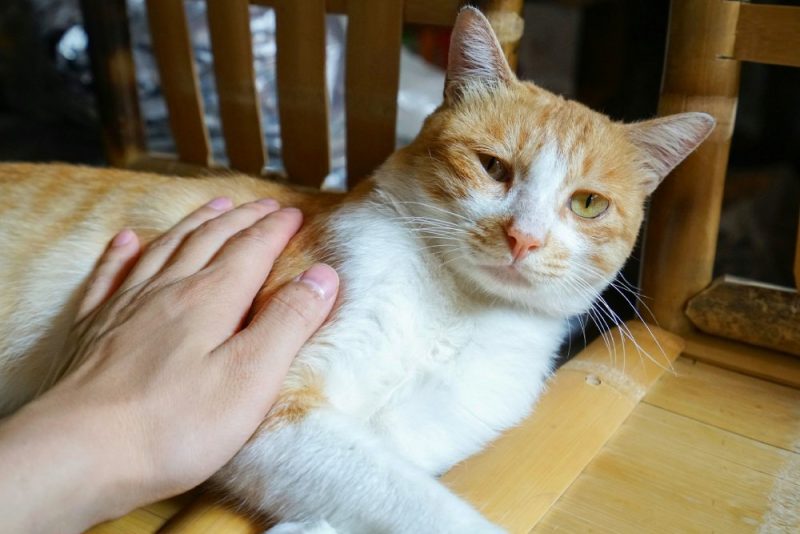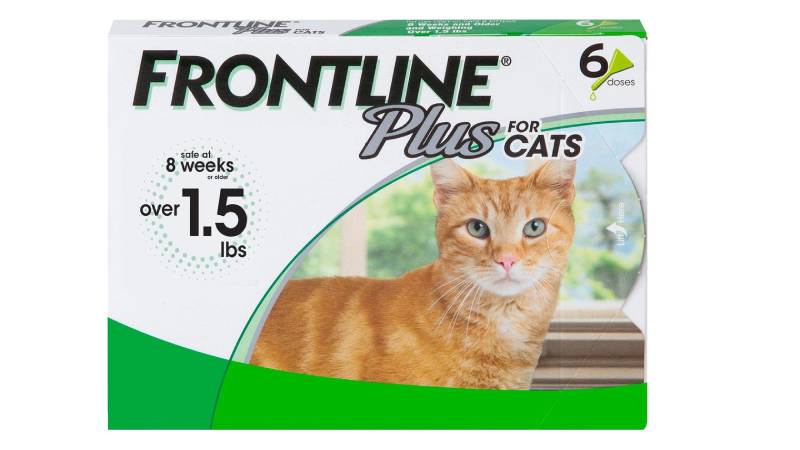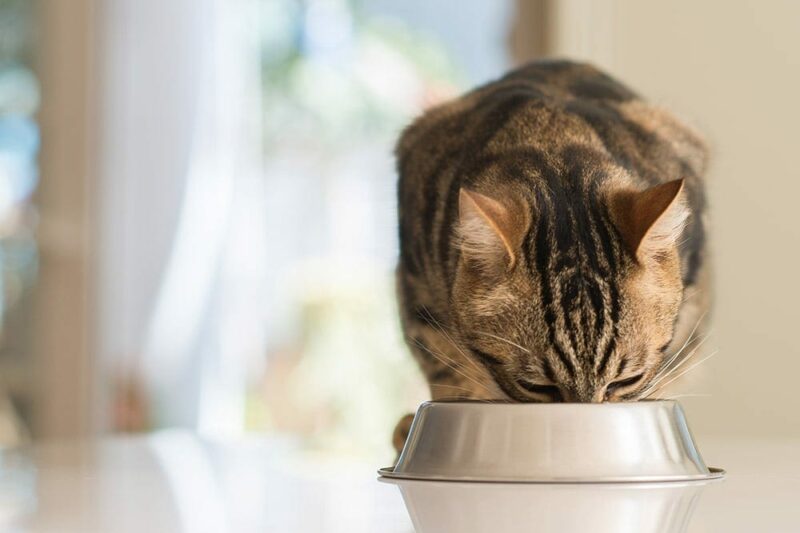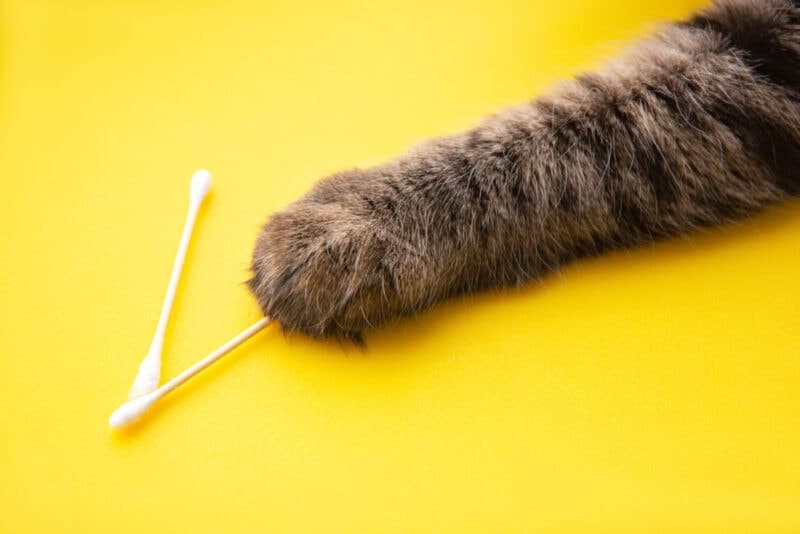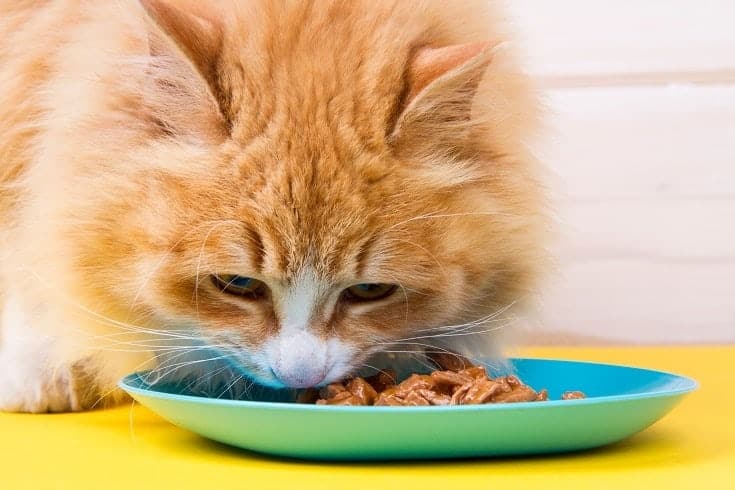Ah, spring! Finally, the temperature is rising, the days are longer, and the trees and flowers are blooming with new colors and greenery. As humans, many of us experience spring fever: we feel more energetic, more motivated, and in a better mood overall. The only downside is those darned seasonal allergies!
Yes, our feline friends can also experience a form of “spring fever,” although it might not be the same as in humans.
Spring fever in cats is often associated with the changing seasons and the arrival of warmer weather. Here are some common behaviors and changes that cat owners may observe in their feline companions during the spring.

The 7 Common Behaviors of Cats During Spring
1. Increased Activity
With longer daylight hours and warmer temperatures, cats may become more active and energetic in spring, just like we do. You may notice your cat engaging in more play, exploration, and overall liveliness. Get ready for midnight zoomies galore! Rotate your cat’s toys regularly to keep things interesting. Try setting up some puzzle feeders or treat-dispensing toys to engage their natural hunting instincts.
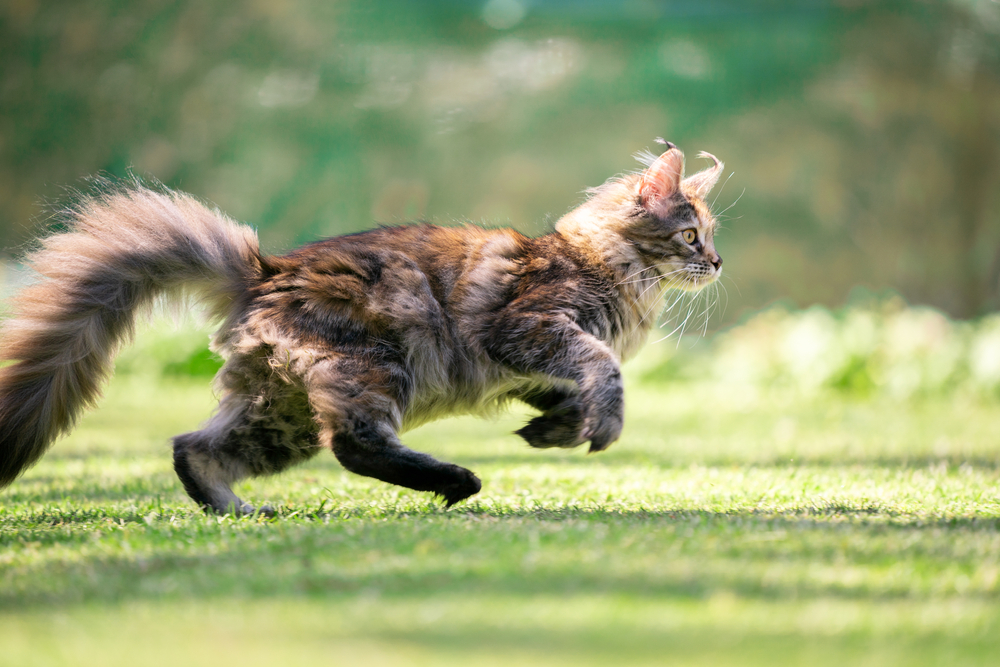
Check out some of our favorite products that will cater to the many needs of your cat to keep them entertained:
2. Exploration and Outdoor Interest
Cats are naturally curious creatures, a trait that certainly has its ups and downs! The arrival of spring can heighten their interest in all things outdoors: other cats, trees, and prey. They may spend more time looking out windows, sitting by open doors, or expressing a desire to explore the outside environment. If you do not have a safe outdoor space for your cat to enjoy, or they’re not willing to be on a leash, unfortunately, it is best for the health and safety of your cat to remain indoors. You could try setting up an elevated space indoors near a window so your cat can at least watch all the interesting things outside.
3. Grooming Behaviors
Cats are always meticulous groomers, but during the spring, you may observe an increase in how much your cat is licking and cleaning themself. This could be related to shedding, as cats shed their winter coat in preparation for warmer weather.

4. Vocalization
Some cats may become chatty Cathys during the spring, expressing their excitement or restlessness to their humans through meowing or chirping sounds. This can be especially noticeable if your cat is an indoor cat and is yearning for outdoor experiences.
5. Playfulness
Cats may exhibit a higher level of playfulness during spring. That warmth and sun after a cold winter makes them feel extra energetic. This playfulness could involve chasing toys, pouncing, or engaging in interactive play with their human companions. Be sure to provide your kitty with stimulating toys if it seems like they’ve come down with spring fever.
Cats might also seek more attention from their owners during the spring. They may want to be petted, played with, or spend more time in the company of their human companions.
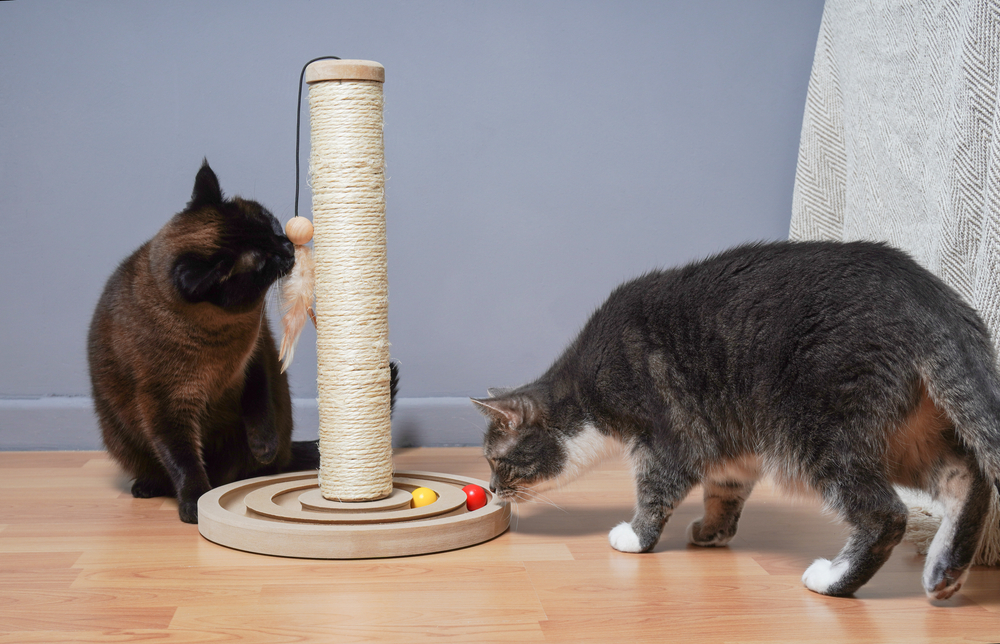
6. Marking and Territorial Behavior
Spring is a time when cats may engage in marking behaviors to establish or reaffirm their territory. This can include scratching, rubbing against objects, and even spraying in some unneutered or unspayed cats. Your cat may make some vocalizations that are intended to attract a mate; they sound amorous to other cats but may be annoying to us!
7. Changes in Eating Habits
Some cats may experience changes in appetite during the spring. This could be influenced by factors such as increased activity levels, changes in the availability of prey (even for indoor cats who observe birds outside), or other changes in the natural environment.
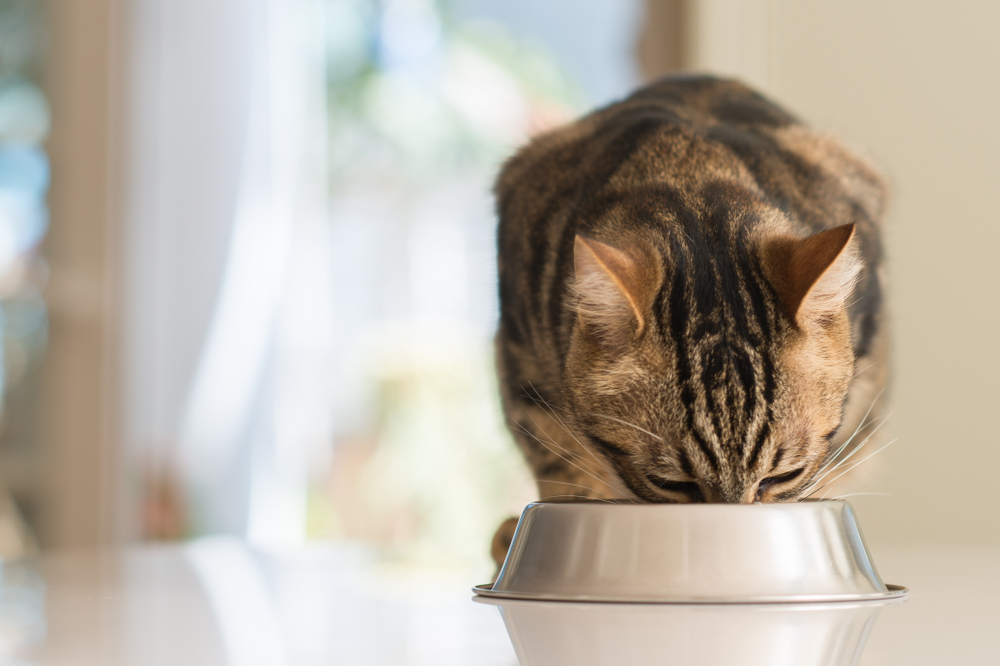

Conclusion
It is important to note that individual cats may react in unique and different ways to seasonal changes. While some cats may act very differently with the arrival of spring, others may not show noticeable changes. Additionally, spayed and neutered cats may experience fewer hormonal influences associated with certain behaviors, like marking behavior, eating, and vocalizing.
If you observe any significant changes in your cat’s behavior, it is always a good idea to monitor their health and consult with a veterinarian if needed. Providing engaging activities, toys, and environmental enrichment can help channel your cat’s springtime energy in a positive and joyful way.
If you need to speak with a vet but can't get to one, head over to PangoVet. It's an online service where you can talk to a vet online and get the advice you need for your pet — all at an affordable price!

Featured Image Credit: Diana Golysheva, Shutterstock



